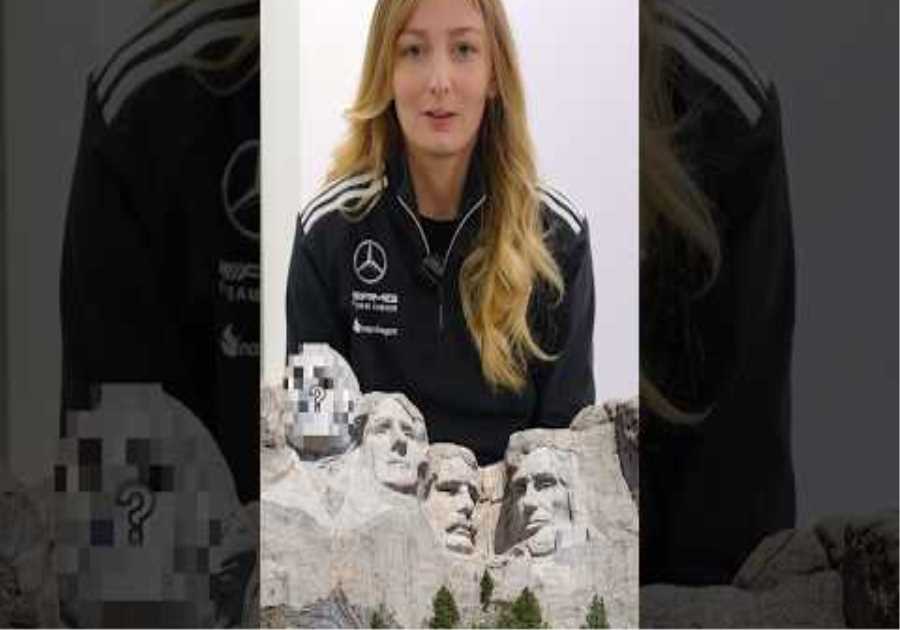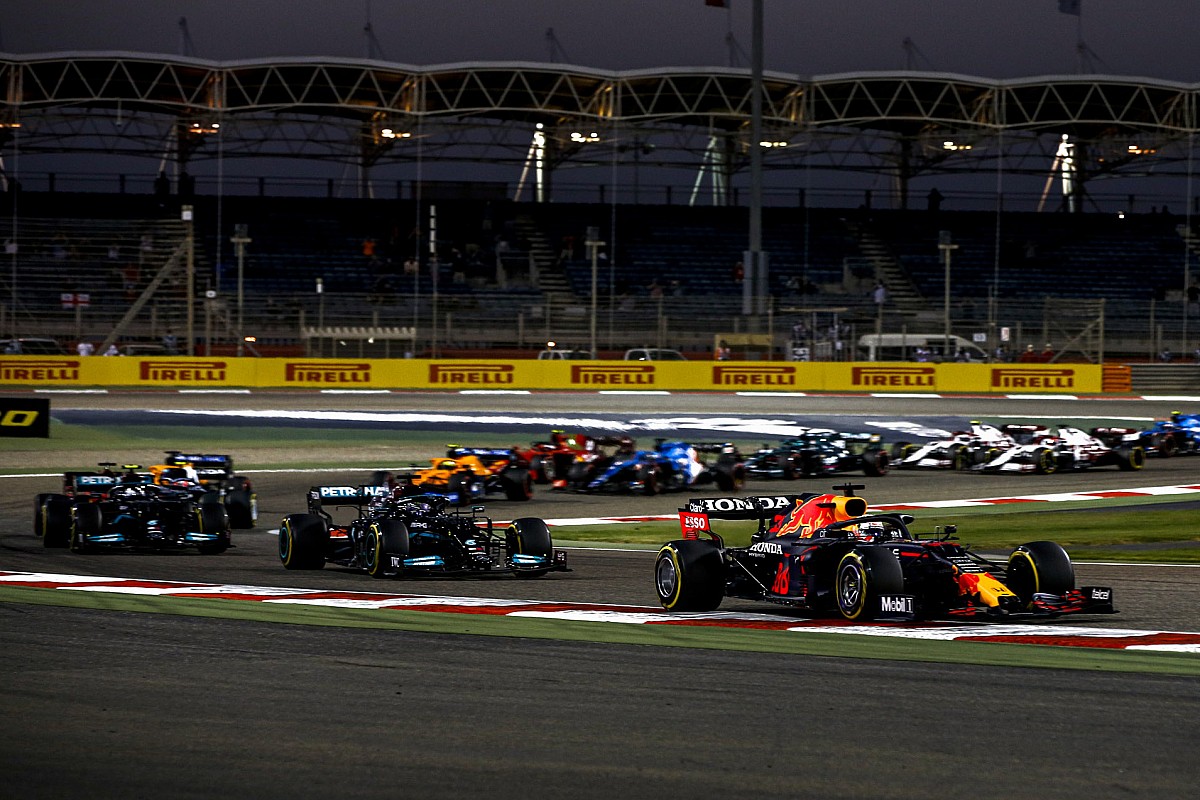
It wasn’t long ago that Formula 1 had to work hard to defend itself against the critics.
The rampant costs were out of control. The screaming V8s made it an obvious target for those who believed it was just a gas guzzling waste of resources, and the sponsors didn’t seem interested in a series that was going under declining audiences and almost no social media presence suffered.
A few years forward to today and for Grand Prix races it looks very different.
A cost cap means the days of a bottomless money pit are over. The hybrid era saw it as a trailblazer for a sustainability boost, and an audience boom – almost certainly aided by the Netflix effect – has sparked a gold rush for new sponsors.
Indeed, F1 seems to be reaping the rewards for thinking collaboratively among its bosses as a variety of factors have brought it back into vogue.
However, especially good news for the teams is that big companies are happy to spend money and get in touch with Formula 1 as this ensures that the money that ultimately turns the wheels keeps flowing.
What has been particularly noticeable in recent months has been a new wave of high-tech sponsors yearning for a piece of F1 cake. Not only do they want to take advantage of the promotional rewards from using F1 to increase their brand awareness, but they also bring back valuable products that teams can use.
Cognizant became the title sponsor at Aston Martin, Oracle became a big player at Red Bull, and TeamViewer became Mercedes’ third largest sponsor.
TeamViewer Augmented Reality
Photo by: TeamViewer
Three big tech companies, all of which joined F1 in a matter of months, are certainly no coincidence, and here some key factors seem to be at play.
First, F1’s hybrid rules now perfectly match the needs of the real world – as they are both state-of-the-art and in terms of sustainability.
Mercedes boss Toto Wolff senses an inevitable magnetism that has brought high-tech giants into the F1 world.
“I think first and foremost the F1 represents its historical values. This is still high-tech and the best man in the best machine wins,” he said.
“But it sort of went from gladiatorial to jet fighter with the technology that made its way into F1. Add to that the sustainability story that we can really be proud of because of the innovations we bring to market in other industries.
“The speed of delivery has also become attractive to tech sponsors, and on the flip side, there is the real case that technology from high-tech companies can accelerate our own performance. So it goes beyond the sticker on the car to a truly believable shared mission. “
All of the recent announcements from high-tech sponsors have been to elements of the team using new technology and ideas. Aston Martin will use Cognizant to expand its IT infrastructure. Mercedes is examining augmented reality possibilities with TeamViewer, while Red Bull is considering more elements of artificial intelligence and machine learning with Oracle.
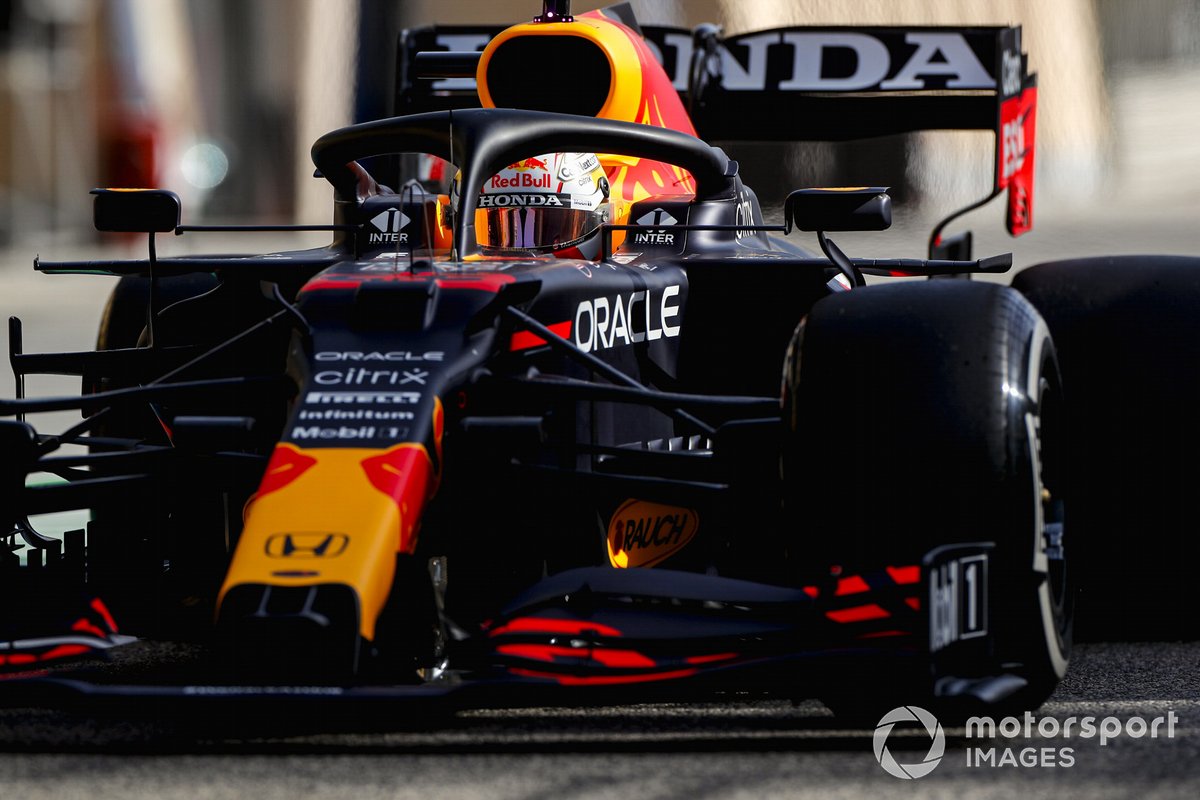
Max Verstappen, Red Bull Racing RB16B
Photo by: Steven Tee / Motorsport Images
With data so important in Formula 1, technology has become an obvious battlefield where the team with the best way to deal with it can have an advantage.
Christian Bullner, Team Principal at Red Bull, said: “Data and the way we work are our lifeblood. They know that we just generate so much of it and influence everything we do: the way we drive a race, how we develop a car, how we even analyze driver and driver selection.
“Formula 1 has evolved and the days of tobacco companies are over and there are even fewer OEMs involved now. F1 is very, very leading in technology, it’s cutting edge technology, and it’s great to see these tech partnerships pour into the sport – and one of the biggest fish to get into the pond has to be Oracle. “
The way that F1 spans such a wide range of technologies is special to remote access software giant TeamViewer, who announced their collaboration with Mercedes shortly after confirming they would be the new shirt sponsor for Manchester United football club .
CEO Oliver Steil understands that F1 is not just a one-trick pony that offers a single dimension for the use of its products.
“I think the real appeal of F1 as a sport is in the multitude of use cases,” he says. “And I think that’s what attracts tech companies, I would say, because it involves manufacturing, design, logistics, monitoring and analysis. The breadth of use cases and the application that are possible in Formula 1 is very, very remarkable. “
Despite the connection between the high-tech F1 fighter jet and technology companies, an association would not be possible if the F1 did not become increasingly popular.
The record numbers enjoyed by many broadcasters at the season opener in Bahrain show that there is a lot of interest right now, and the importance of profiling that has brought Netflix’s Drive to Survive series cannot be ignored.
PLUS: How Netflix built on a winning formula in Drive to Survive Season 3
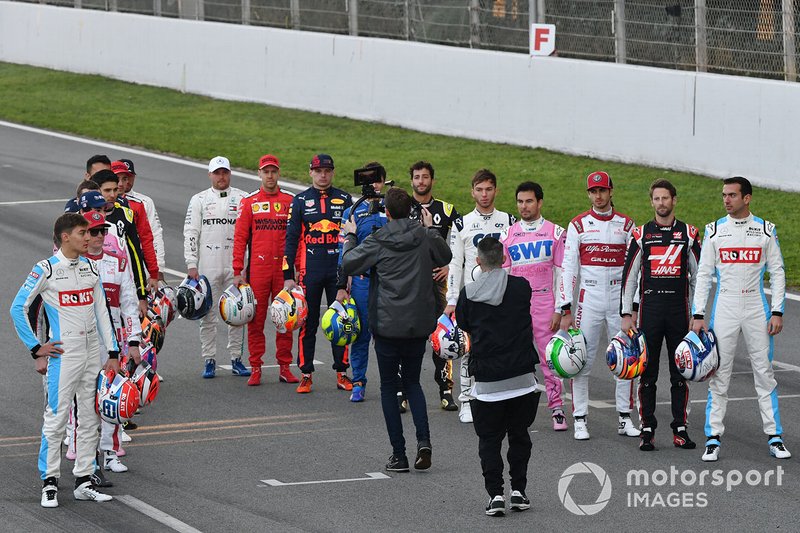
Ariel Kelman, Oracle’s chief marketing officer, sees a direct link between the impact of Netflix and the recent sign-up of major American sponsors.
“Personally, I’ve seen a massive increase in excitement about Formula One in the US, so it goes without saying that US tech companies are trying to get involved in a much deeper way,” he said.
“Dealing well with data, analysis and machine learning is now really a core competence of every Formula 1 team. This combo is a great platform for promoting sophisticated technology use cases to an already large fan base around the world that is becoming a very fast growing sport in the US for a variety of reasons, not the least of which is the Netflix phenomenon.
“I think you will see more tech companies see this as a really big part of their strategy.”
It is also important that F1 arouses sponsorship interest, as it is such a world championship with an enormous range.
Aside from big-name companies like Cognizant, Oracle, and TeamViewer, there has been a surge of lesser-known brands making this leap recently – from cybersecurity companies like Herjavec to crypto exchanges like Bitci.com.
For McLaren CEO Zak Brown, who has spent much of his career signing sponsorship deals, F1’s ability to name its fans remains one of its key strengths.
“One of the trends we’re seeing in Formula 1 is the emergence of new technology, new countries and new companies to use as a great platform to, as we say, get famous quickly,” he explains.
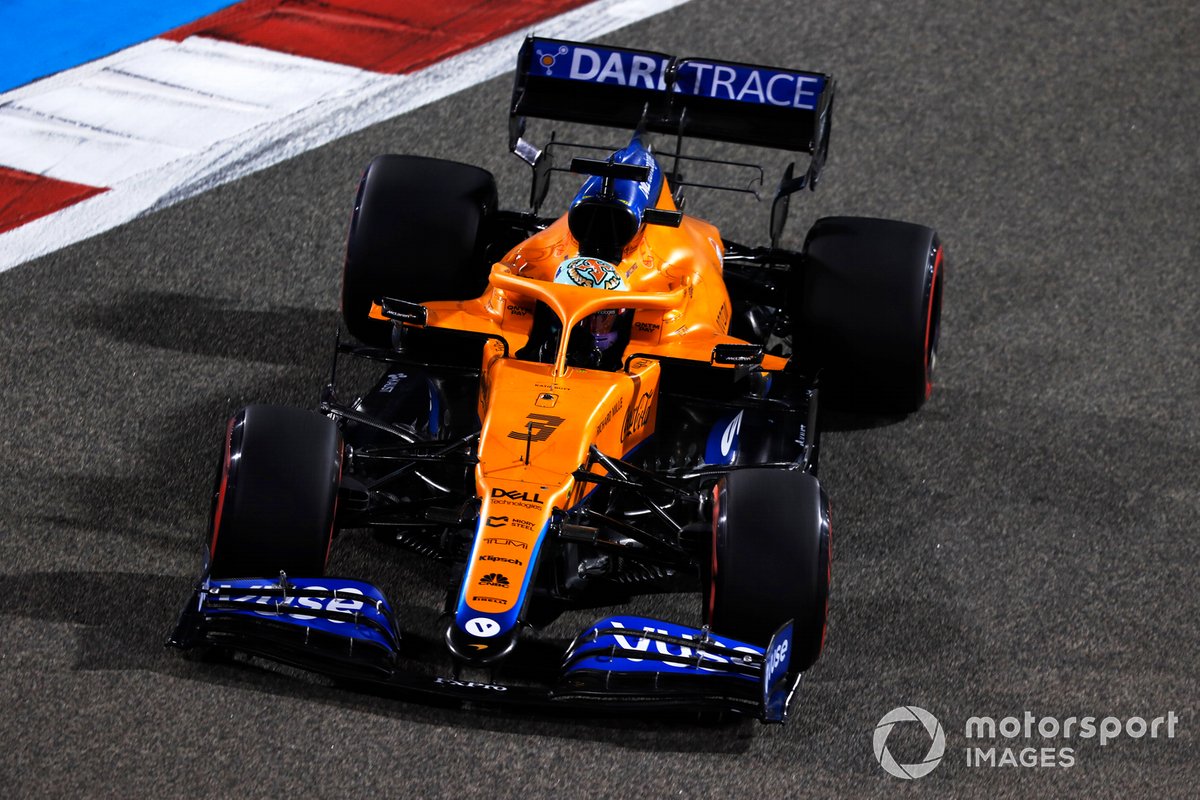
Daniel Ricciardo, McLaren MCL35M
Photo by: Charles Coates / Motorsport Images
“Some of the better known brands don’t need brand awareness. They want the content that the sport and the drivers create.
“If you look at some of our newer partners like Darktrace, they are companies that are moving fast, growing fast, and need a global platform to shed light on their business and capabilities.
“You can do that through traditional media, but it’s pretty expensive. So when you look at how F1 ships to a few hundred countries and hundreds and millions of fans every two weeks, this is a very efficient way to get a lot of attention to your business very quickly. “
For F1 as a whole, what it is currently delivering is a winning combination for the high tech industry.
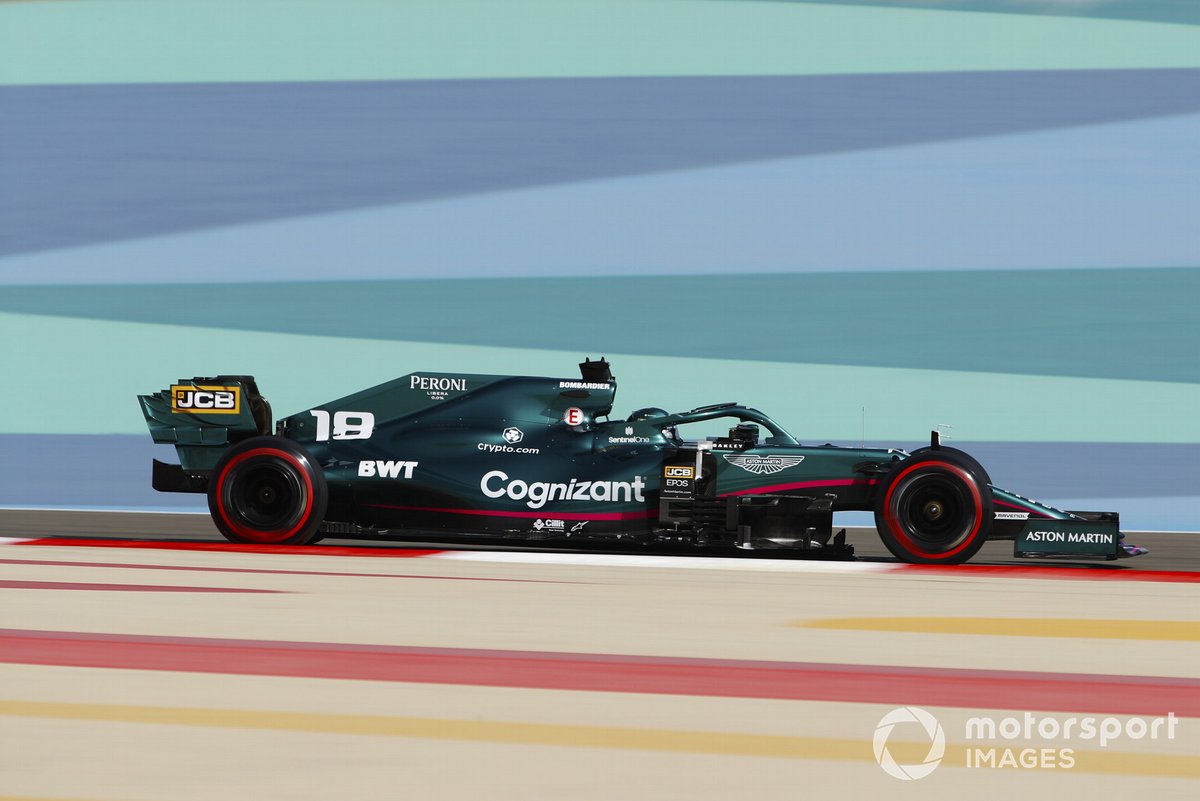
Lance Stroll, Aston Martin AMR21
Photo by: Zak Mauger / Motorsport Images
The post Why “fighter jet” F1 is gaining a new wave of sponsors first appeared on monter-une-startup.




